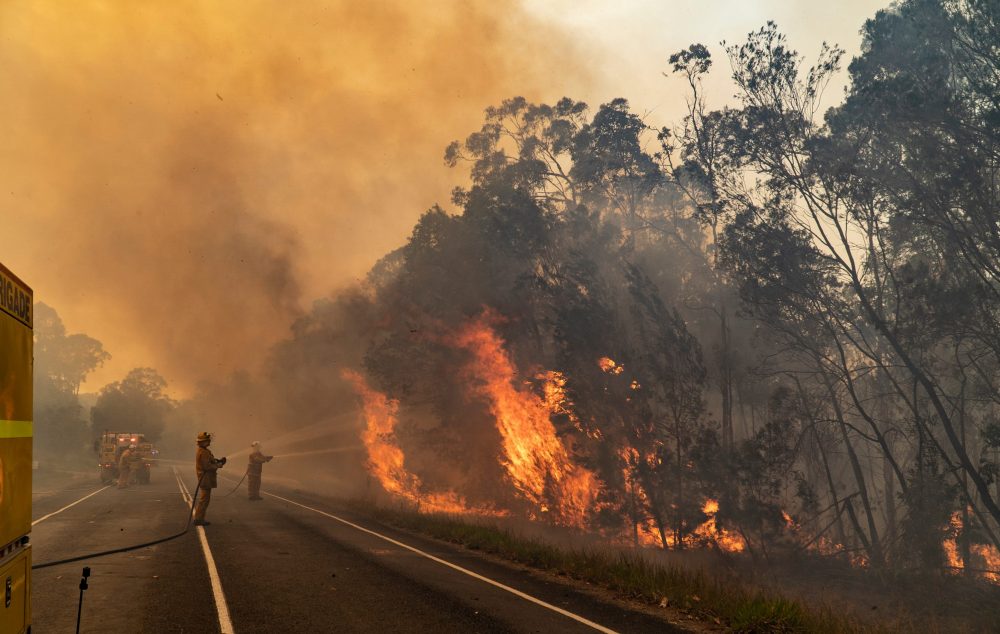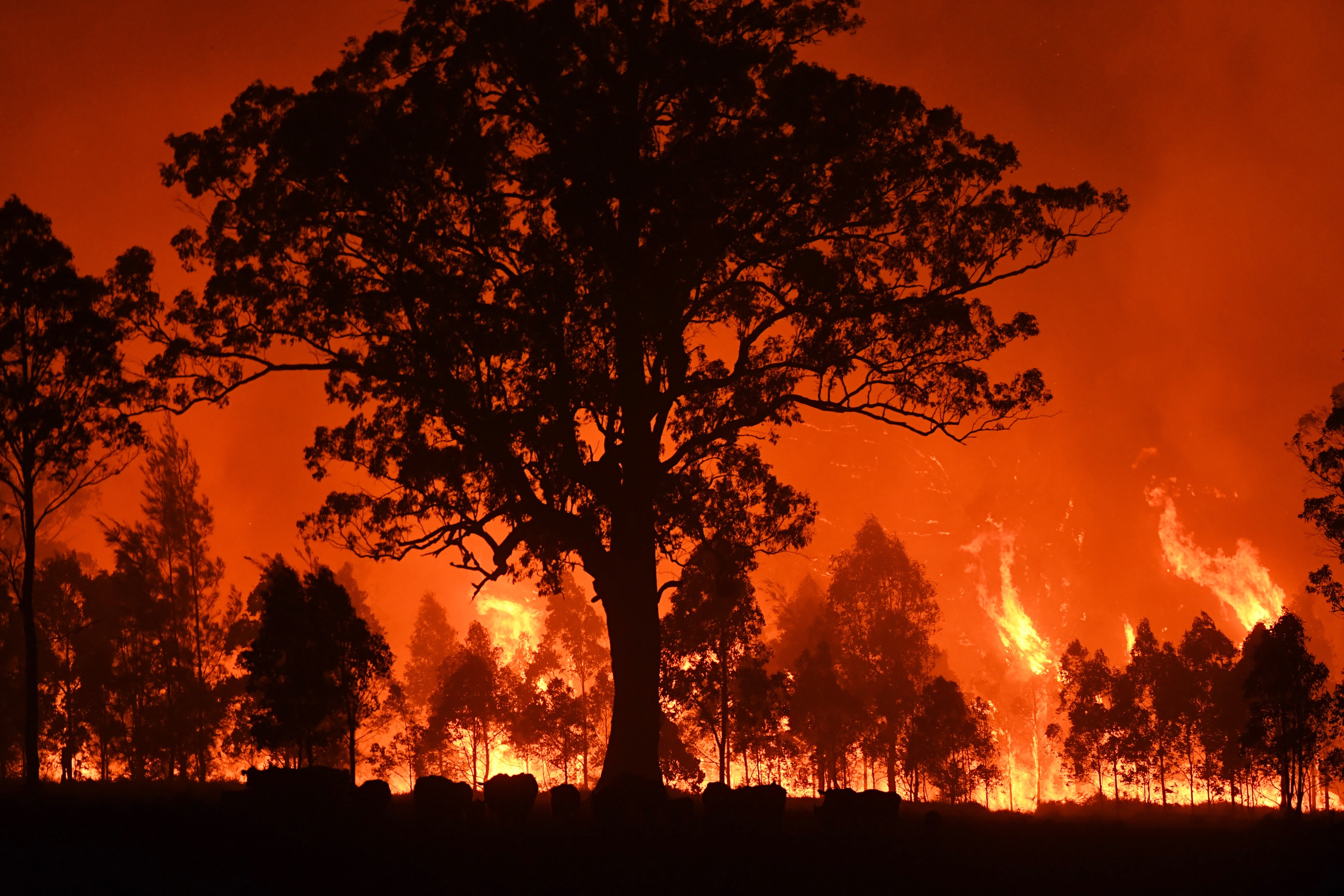Proactive Building Defense: Leveraging the Insights of a BAL Report
Proactive Building Defense: Leveraging the Insights of a BAL Report
Blog Article
Ensuring Shrub Fire Security Through Appropriate BAL Record Analysis
In the world of bush fire protection, the precise evaluation of Bushfire Attack Level (BAL) records stands as a keystone for securing homes against the destructive effect of wildfires. With environmental factors and home qualities playing significant roles in determining the degree of danger, a complete understanding of BAL scores becomes vital. Nevertheless, the real significance exists not simply in comprehending these reports but in deciphering them effectively to formulate tailored fire protection techniques. By diving right into the value of BAL report analysis, we uncover a world where educated choices pave the course in the direction of strengthening residential or commercial property safety and strength in fire-prone areas.
Comprehending Bushfire Assault Degree (BAL)
In the realm of bushfire defense, comprehending the Bushfire Strike Level (BAL) is extremely important for making sure efficient mitigation techniques. BAL is a system made use of to determine the potential danger a structure may face from a bushfire. It takes into consideration elements such as the sort of vegetation, the slope of the land, the Fire Risk Index, and the Fire Extent Index. Recognizing the BAL score of a residential property is crucial for home owners, building contractors, and policymakers to carry out appropriate actions to guard versus bushfire dangers.

Value of BAL Record Evaluation
An important element in bushfire defense planning involves the comprehensive analysis of BAL records to assess the possible threats and establish appropriate mitigation approaches. BAL records provide important info concerning the potential effect of bushfires on a residential or commercial property based upon numerous elements such as greenery kind, range to possible fire hazards, and slope of the land. Assessing these reports with precision is extremely important in creating effective bushfire security steps customized to the particular danger profile of a home.
Executing Fire Security Measures
Carrying out reliable fire defense actions is vital for guarding residential or commercial properties in bushfire-prone areas. Among the main ways to boost fire defense is by developing defensible area around buildings. This entails cleaning flammable plant life, such as completely dry leaves and branches, within a specific radius of the residential or commercial property. Additionally, mounting fireproof roof materials can help in reducing the risk of embers firing up the roof throughout a bushfire. Properly preserved gutters and screens are likewise important to protect against debris build-up that can fuel a fire.
Moreover, having a well-kept and adequate water supply, such as a container or pool, can aid firemens in their initiatives to secure the home. BAL Report. In general, applying a mix of these fire protection measures can dramatically raise the possibilities of securing buildings throughout bushfire events.
Mitigating Threats in Fire-Prone Areas
To strengthen homes against bushfire risks, a tactical focus on mitigating dangers in fire-prone locations is essential. One important element of danger reduction is keeping defensible room around residential or commercial properties by clearing flammable vegetation, ensuring see here now sufficient spacing between trees and structures, and using fireproof landscape design techniques.
Furthermore, constructing or retrofitting buildings with fireproof products and ensuring correct upkeep of roof coverings, gutters, and exterior cladding can dramatically boost the property's strength to bushfires. Practicing a bushfire and developing emergency strategy with all owners, consisting of evacuation procedures and communication techniques, is likewise essential in mitigating threats properly. By taking on an aggressive strategy to risk mitigation in fire-prone areas, homeowner can better secure their assets and improve overall bushfire readiness.
Ensuring Residential Property Safety and Strength
Making sure the safety and security and resilience of homes in fire-prone locations needs an unfaltering dedication to durable precautionary procedures and critical preparation. Property safety starts with implementing effective measures to reduce fire hazards.
Resilience, on the other hand, involves the ability of a residential or commercial property to endure and recover from a bushfire. This can be boosted via the setup of cinder guards on vents and windows, making certain that access points for cinders are minimized. In addition, having a well-balanced emptying plan and exercising it routinely can significantly increase property strength. Working together with neighbors and neighborhood fire authorities can likewise bolster the safety and security and durability of homes in fire-prone areas. By proactively addressing these facets, homeowner can much better safeguard their assets and loved click ones from the danger of bushfires.
Conclusion
In verdict, making sure bushfire protection with proper BAL report evaluation is critical for understanding the degree of risk postured by bushfires and implementing necessary click to read fire security actions. By reducing dangers in fire-prone locations and guaranteeing building safety and strength, individuals and neighborhoods can better get ready for and react to bushfire events. It is crucial to focus on fire safety procedures to shield lives and residential or commercial property in these risky environments.
In the realm of bush fire security, the meticulous analysis of Bushfire Strike Degree (BAL) records stands as a cornerstone for protecting buildings against the disastrous influence of wildfires (BAL Report). Recognizing the BAL ranking of a property is essential for residential property proprietors, contractors, and policymakers to implement appropriate measures to guard versus bushfire risks

BAL reports supply crucial information regarding the possible impact of bushfires on a home based on different variables such as vegetation type, distance to prospective fire dangers, and incline of the land (BAL Report). On the whole, implementing a combination of these fire security procedures can substantially boost the opportunities of safeguarding homes during bushfire events
Report this page